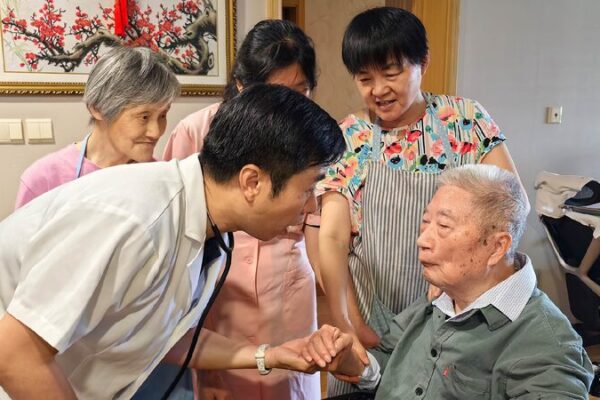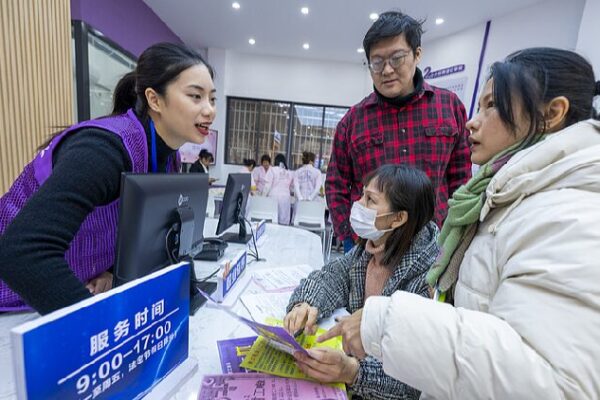China’s healthcare system has undergone significant transformations over the past few decades, aiming to provide accessible and affordable care to its vast population. But how exactly does this system work?
Understanding China’s Healthcare Insurance
China operates a multi-tiered healthcare insurance system, primarily consisting of two main schemes: Urban Employee Basic Medical Insurance (UEBMI) and the Urban and Rural Resident Basic Medical Insurance (URRBMI). UEBMI covers urban employees, while URRBMI is designed for urban residents without formal employment and rural citizens.
The system is funded through contributions from employees, employers, and government subsidies, ensuring that basic healthcare services are available to the majority of the population. However, out-of-pocket expenses can still be significant, especially for specialized treatments.
Quality of Medical Care in Rural Areas
In the past, rural areas in China’s mainland faced challenges with limited access to quality healthcare services. Recognizing this, the government has invested heavily in improving rural healthcare infrastructure. Programs have been implemented to train and deploy medical professionals to rural communities, upgrade medical facilities, and promote telemedicine services.
These efforts have led to noticeable improvements, though disparities still exist between urban and rural healthcare quality. Continual investment and policy support aim to bridge this gap, making quality medical care more accessible to rural residents.
Addressing the Aging Population
China is experiencing a rapidly aging population due to increased life expectancy and lower birth rates. This demographic shift presents challenges for the healthcare system, including a higher demand for chronic disease management and eldercare services.
To address this, China is expanding its healthcare services to include more geriatric care facilities, community-based health services, and long-term care insurance pilots. Preventative healthcare is also emphasized, encouraging healthy lifestyles to reduce the burden of chronic illnesses.
Reference(s):
Ask China: How does China's healthcare insurance system work?
cgtn.com








